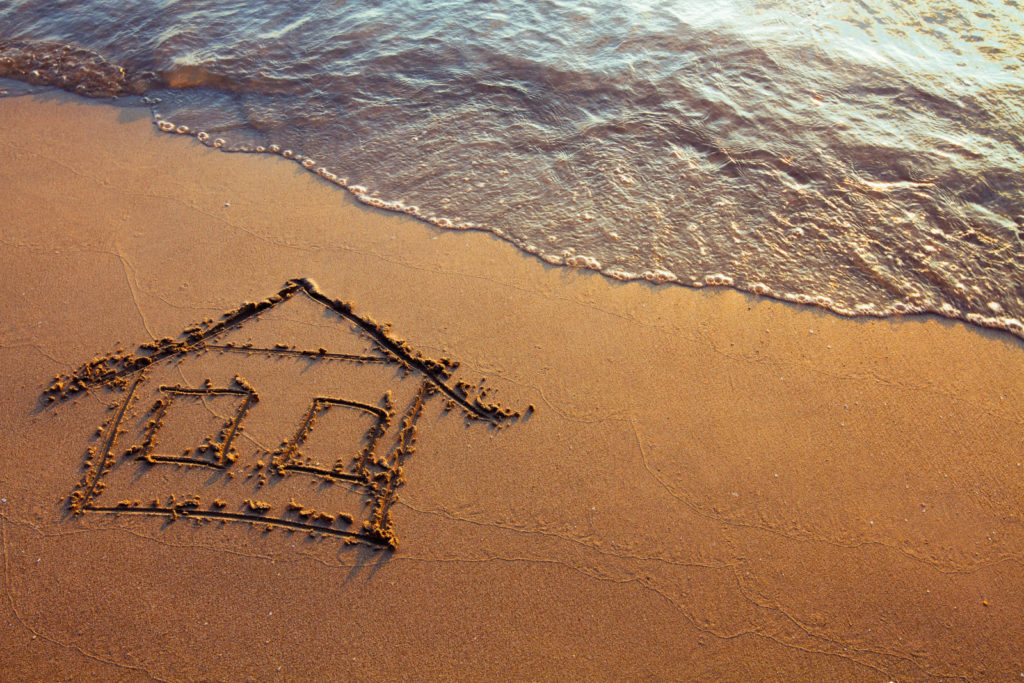California’s Dry Spell Leads to Flood of Drought-Related Listing Terms
The past five years have been the driest in California’s history, leading to a statewide water emergency and the imposition of water-use reduction targets. Homeowners have responded both by cutting their per-capita water use, and by changing how they market their homes.
- Statewide, 1.3 percent of California listings currently advertise drought-related terms including “drought resistant,” “drought tolerant” and/or “drip irrigation,” compared to 0.1 percent in 2011 at the start of the drought.
- Water conservation landscaping terms are most common and have increased most along the state’s Central Coast and in Southern California.
The past five years have been the driest in California’s history, leading to a statewide water emergency and the imposition of water-use reduction targets. Homeowners have responded both by cutting their per-capita water use, and by changing how they market their homes.
The share of for-sale, California listings on Zillow referencing the terms “drought resistant,” “drought tolerant” and/or “drip irrigation” – all terms associated with water-conserving landscaping – has increased sharply since 2011. Statewide, 1.3 percent of California listings currently advertise these terms, compared to 0.1 percent in 2011 at the start of the drought.[1]
California is a big place, and just as the drought has impacted various areas of the state in different ways, there are sharp regional differences in the frequency of drought-related terms in listings. Water conservation landscaping terms are most common and have increased most along the state’s Central Coast and in Southern California. In San Luis Obispo County between 2014 and 2016, 2.8 percent of real estate listings referenced these water conservation terms, as did 2.3 percent of listings in Santa Barbara County. These terms were least common in the state’s rural (and somewhat wetter, thanks largely to more snow) far northern counties of Alpine, Colusa, Lassen, Sierra, Mariposa and Del Norte.[2]
Use the tool below to explore the frequency of drought-related terms in California by region, and how they have grown over time.
[1] 2016 data through the end of October.
[2] Central Coast includes Monterey, San Luis Obispo, Santa Barbara, and Ventura counties; Coastal Southern California includes Los Angeles, Orange and San Diego counties; Inland Southern California includes San Bernardino, Riverside and Imperial counties; the Bay Area includes Santa Cruz, San Mateo, San Francisco, Santa Clara, Alameda, Contra Costa, Solano, Napa, Sonoma and Marin counties; the Central Valley includes Kern, Kings, Tulare, Fresno, San Benito, Merced, Madera, Mariposa, Stanislaus, San Joaquin, Sacramento and Yolo counties; the Sierra Nevada includes Inyo, Mono, Alpine, Tuolumne, Calaveras, Amador, El Dorado, Placer, and Nevada counties; the Far Northern California includes Sierra, Yuba, Sutter, Colusa, Lake, Mendocino, Plumas, Tehama, Glen, Lassen, Shasta, Modoc, Siskiyou, Del Norte, and Humboldt counties.
